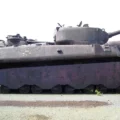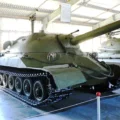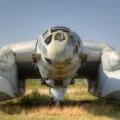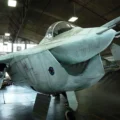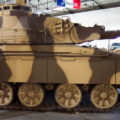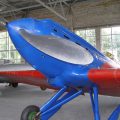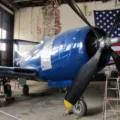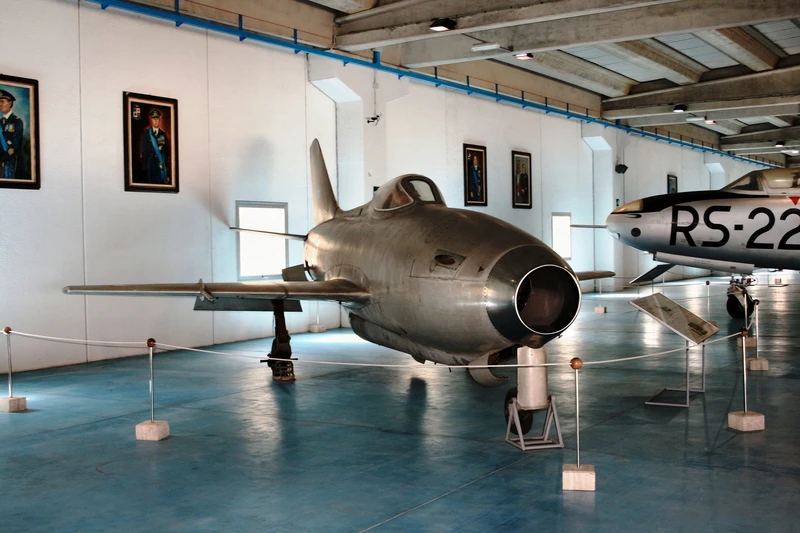
Aerfer Sagittario 2 | |
|---|---|
| 国 | イタリア |
| 役割 | 試作戦闘機 |
| 初飛行 | 1956年5月19日 |
| 構築 | 2 |
ザ エアファー射手座2 (射手座のイタリア語)は、迎撃機または軽戦術支援航空機として機能することを目的とした、エアファーによってイタリアで製造されたプロトタイプの全金属製シングルシート軽量戦闘機でした。1956年に最初に飛行し、13,725 m(45,000フィート)からの潜水中にマッハ1.1に達したときに、制御飛行で音の壁を破った最初のイタリアの航空機になりました。
ソース: ウィキペディアのエアファー射手座2
| Aerfer Sagittario 2 Walk Around | |
|---|---|
| カメラマン | ジャコモ・グラマツィオ |
| ローカライズ | 知りません |
| 写真 | 13 |
関連項目:
ザ エアファー射手座2 イタリアの航空史における注目すべき成果でした。それは、速く、機敏で、用途が広いように設計されたプロトタイプの戦闘機でした。サジッタリオ2は、アンブロジーニS.7練習機のジェット動力バージョンであるアンブロジーニサジッタリオから開発されました。サジッタリオ2号は、後退した翼と尾翼、バブルキャノピー、機首に取り付けられたジェットエンジンなど、流線型の空力形状をしていました。エンジンはロールス・ロイス・ダーウェント9で、推力は16 kN (3,600 lbf)であった。サジッタリオ2号は主武装として30mm機関砲を2門搭載し、翼の下の2つのハードポイントに爆弾、ロケット弾、または追加の砲を搭載することもできた。
サジタリオ2号は、1956年5月19日にリッカルド・ビグナミニが操縦して初飛行した。1956年12月4日、高度13,725 m(45,000フィート)での水平飛行で音の壁を破った最初のイタリアの航空機になったとき、歴史的なマイルストーンを達成しました。航空機はマッハ1.1(1,006 km / hまたは625 mph)の速度に達し、その優れた性能と可能性を示しています。サジタリオ2は評価目的でイタリア空軍によってテストされましたが、生産やサービスには入りませんでした。代わりに、それはアリエテやレオーネなどのエアファーによるより高度な戦闘機の開発のための足がかりとして役立ちました。サジッタリオ2は、航空宇宙工学におけるイタリアの創意工夫と革新の重要な例であり続けています。
再生 : 671



